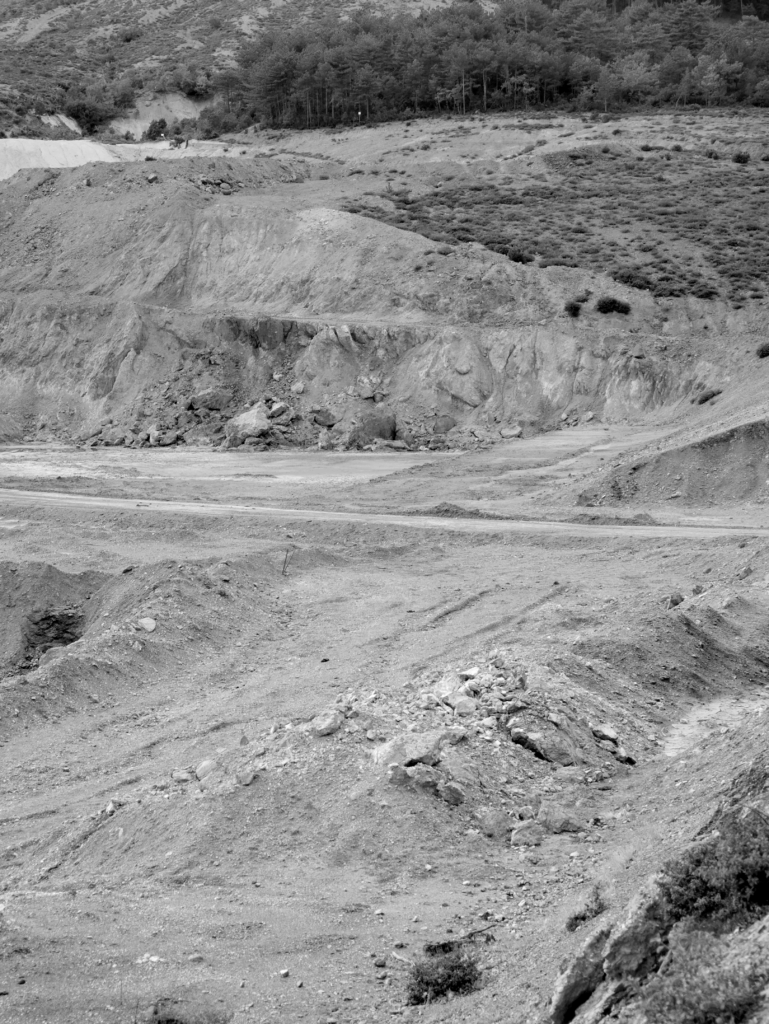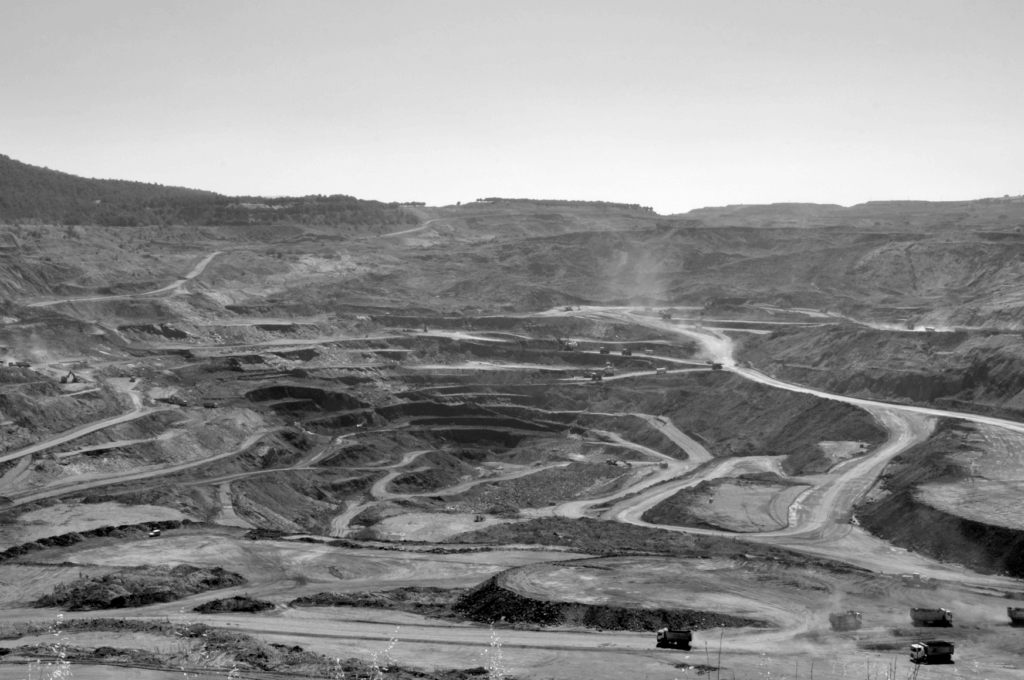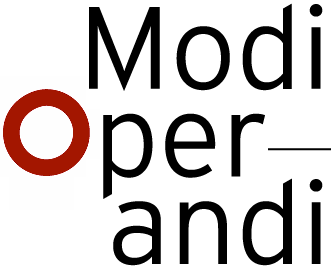GROTESQUE ANOMALIES: INDETERMINACY AS INHERENT CONDITION OF THE BUILT ENVIRONMENT

This research originates from an interest in the violent forces shaping the built environment, particularly the extreme manifestations of landscape exploitation. To identify, analyze and ultimately manipulate the underlying forces that give rise to contemporary built environments, this study introduces a tool to decipher a site’s many facets — unveiling and retracing the logic of its formation. This research proposes ‘Indeterminacy’ as a theoretical, investigative and design framework, allowing landscapes to be seen not as random assemblages of objects but as dynamic systems in perpetual transformation. To demonstrate this, the study investigates the specific conditions that led to the formation of ephemeral cities along the New Silk Road.
When analyzing the contemporary built environment, the traditional dichotomy between ‘landscape’ and ‘city’ becomes insufficient. Instead, this research emphasizes the role of time as a dominant factor in defining built spaces. Landscapes, settlements and their interactions are best understood as ephemeral entities shaped by continuous transformation. The city, rather than being a static construct, is a juxtaposition of temporary and permanent components, evolving across multiple spatio-temporal scales. A built environment’s life cycle is inherently ephemeral, shaped by economic, political and industrial forces. Here, Indeterminacy becomes essential — not only as a tool for recognizing this ephemerality but also as a method for precise, critical interventions within the landscape.
Thus, this architectural proposal seeks to establish Indeterminacy as a Method. Building on the work of Rahul Mehrotra and Felipe Vera, who define ephemeral cities as ‘ones that are usually structured around one main purpose’.[1] This research examines Çan, a mining city on the edge of Turkey’s Çanakkale region. Çan serves as both the testing ground and primary case study, representing a landscape in constant flux due to ongoing coal mining operations that produce 2.5 million tons annually. This research demonstrates Çan’s impermanence by analyzing the forces of Indeterminacy that shape it. By employing Indeterminacy as both an analytical lens and an intervention strategy, this study aims to bridge the gap between a site’s inherent spatio-temporal instability and the potential to harness this instability as a design tool. The central research question, therefore, is: How can Indeterminacy frame the impermanence of the landscape? More specifically, how can we define the landscape as an ever-changing entity through the lens of Indeterminacy?

Keywords: Indeterminacy, Method, Territory, Landscape, Post-industrial, Entropy, Obsolescence
